ZARA MYEONGDONG: A BLUEPRINT FOR THE FUTURE OF RETAIL
Six key trends reshaping physical stores—from megastructures to sensory experiences
Two days ago, on the 50th anniversary of Zara’s founding, the brand held the pre-opening of its newly renovated Myeongdong store in Noon Square. With a third floor added and a completely reimagined space, it now stands as one of the most forward-thinking flagship stores in the region—and home to Korea’s first Zacaffè.
Zara continues to play in a league of its own. Its ability to rethink retail, anticipate consumer needs, and seamlessly merge physical and digital is unmatched. This store is a case in point.
Here are six key retail trends I observed at the new Zara Myeongdong flagship—trends that are reshaping how fashion brands design and use their physical spaces:
1. Megastores: Brands are shifting from small-format stores to large-scale, high-impact spaces. Zara now operates 2,200 sqm of retail area in Myeongdong, allowing for more collection on display, deeper online/offline integration, and a stronger brand presence. Scale brings flexibility, efficiency, and experiential potential.
2. Multi-zoned layouts: Uniformity is giving way to segmentation. Retailers are breaking down store layouts into distinct zones, each designed with a specific product line, audience, or purpose in mind. A great reference is Olive Young N Seongsu, which pioneered this approach in beauty retail. Zara adopts a similar strategy here: with defined areas for shoes & bags, premium collections, seasonal products, and even closed spaces for capsules or collaborations. It’s retail, curated.
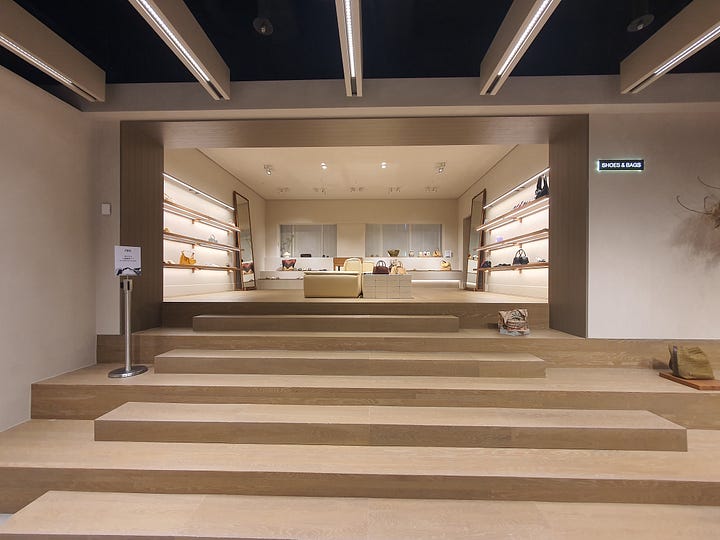
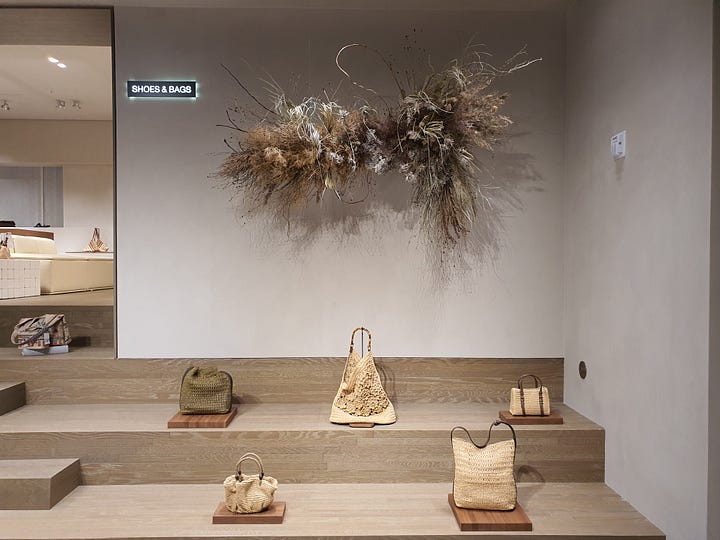
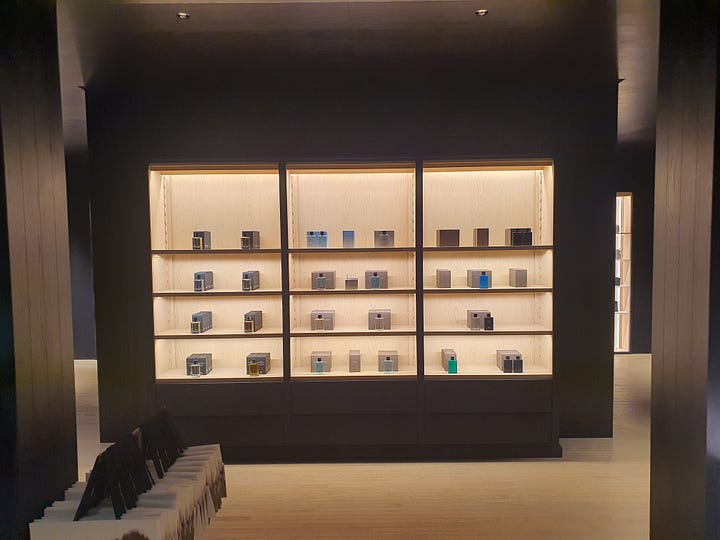
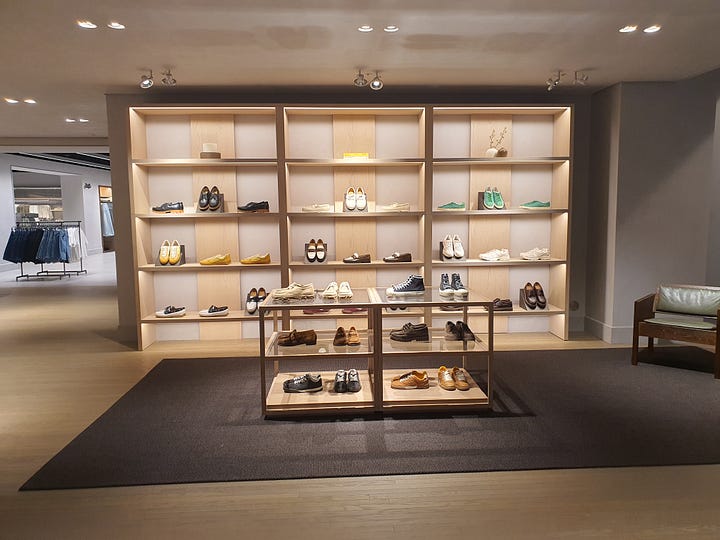
3. Store-exclusive products: By offering limited items only available in-store, brands drive foot traffic and create a sense of exclusivity—not just with the brand, but with the physical space itself.
4. Retail therapy: Retail is no longer just about buying. Stores are evolving into lifestyle spaces where customers spend time, sit, relax, and enjoy. Zara’s open layouts, wider aisles, sofas, and lounge areas invite people to stay longer and connect emotionally.
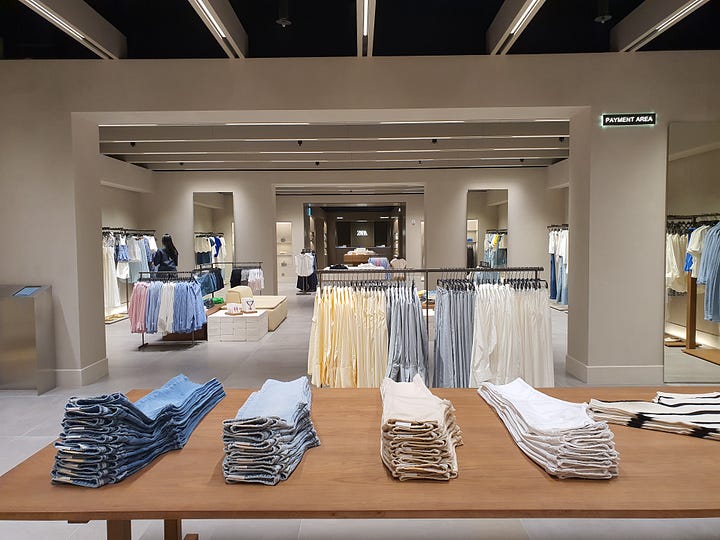
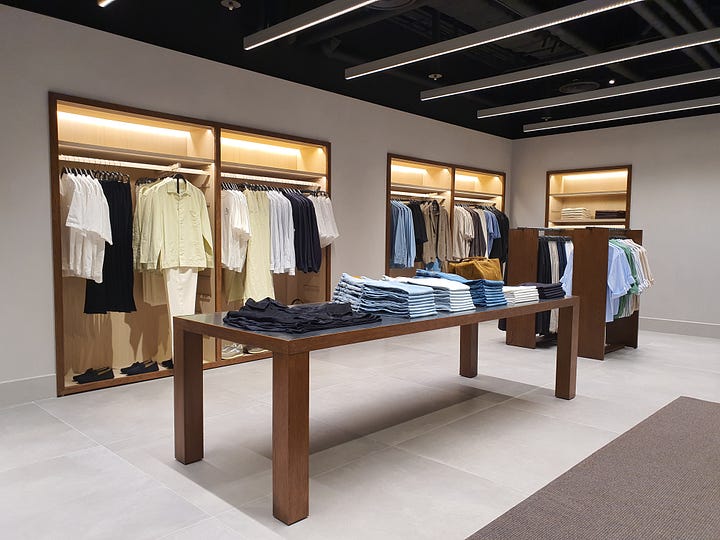
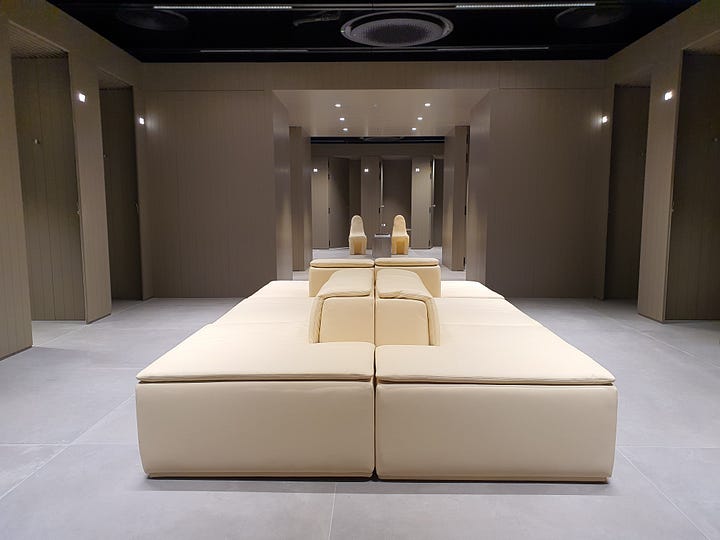
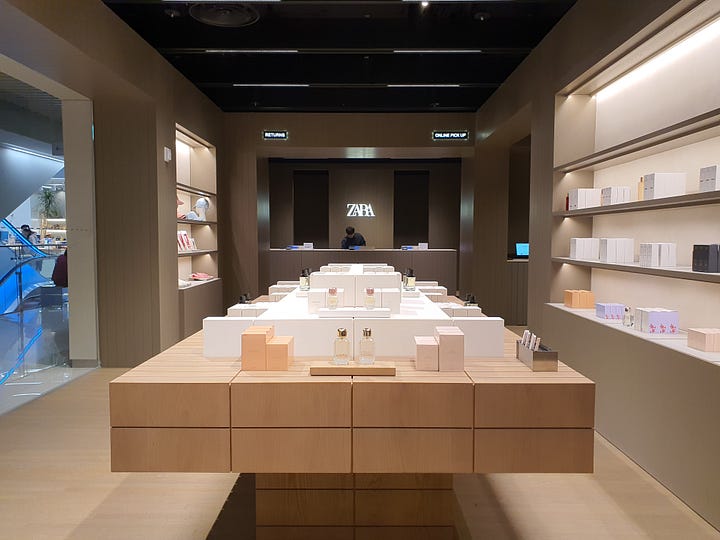
5. F&B integration: Zacaffè is not about selling coffee—it’s about completing the sensory loop. Taste is the final sense missing in a fashion store, and cafés fill that gap. This one has been thoughtfully adapted to the local market in both interior design and menu offering. What’s also remarkable is that Zacaffè Seoul even has its own branded merchandise, similar to Hard Rock Café—a smart way to build local love and identity.
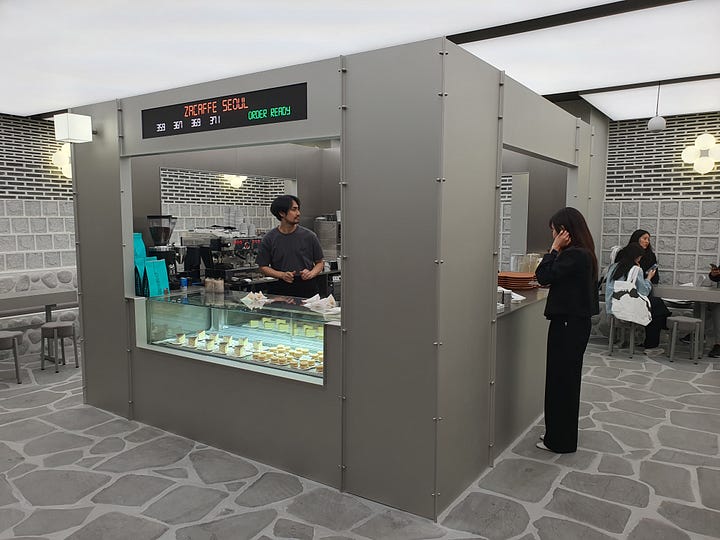
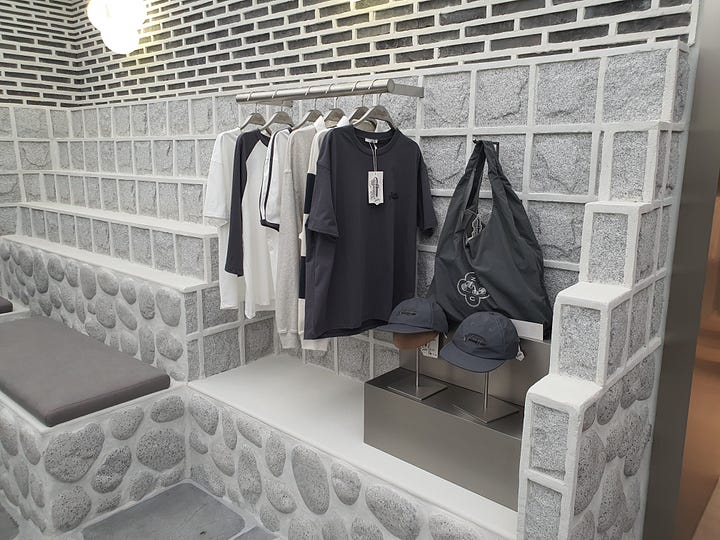
6. Localized design: Global brands are becoming more agile in adapting to local aesthetics. Without compromising global identity, they’re incorporating local materials, colors, and creative partnerships. At Zara Myeongdong, Korean artists designed furniture, lighting, and floral installations. This hybrid approach creates familiarity without diluting brand consistency.
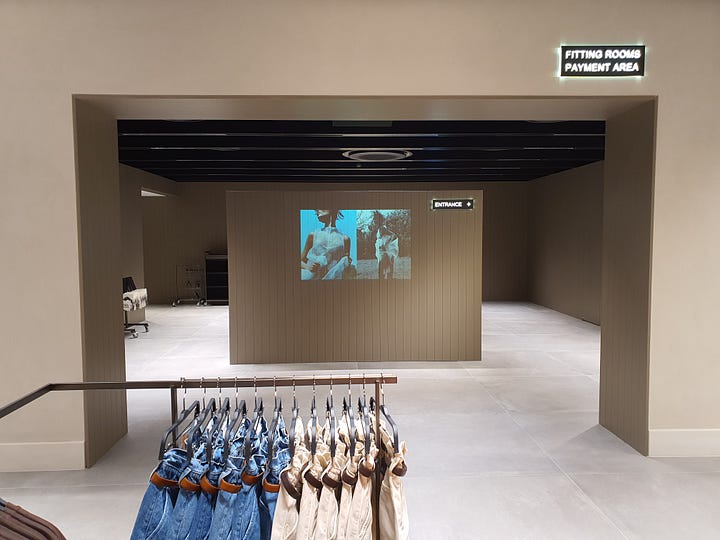
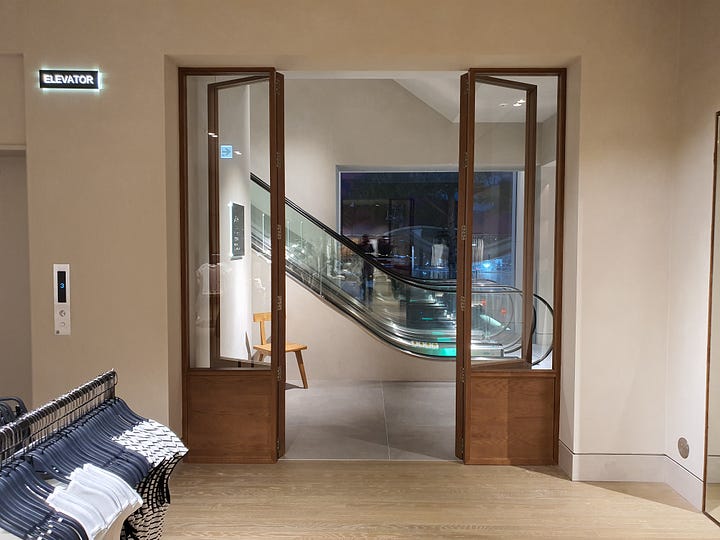
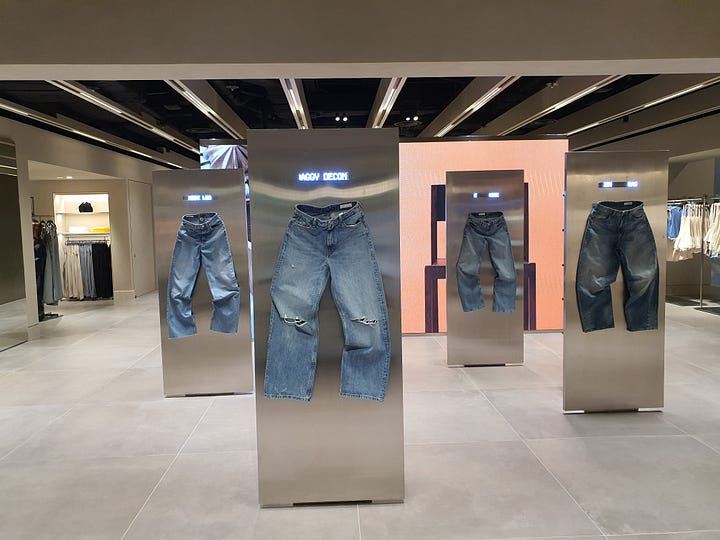
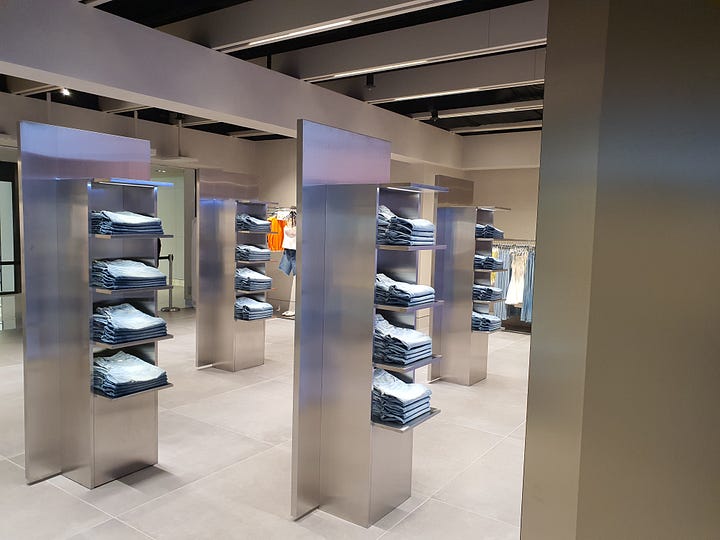
Other things that stood out: no window displays, full online/offline integration, redesigned fitting rooms, and the absence of the kids line—freeing up space for more curated adult collections.
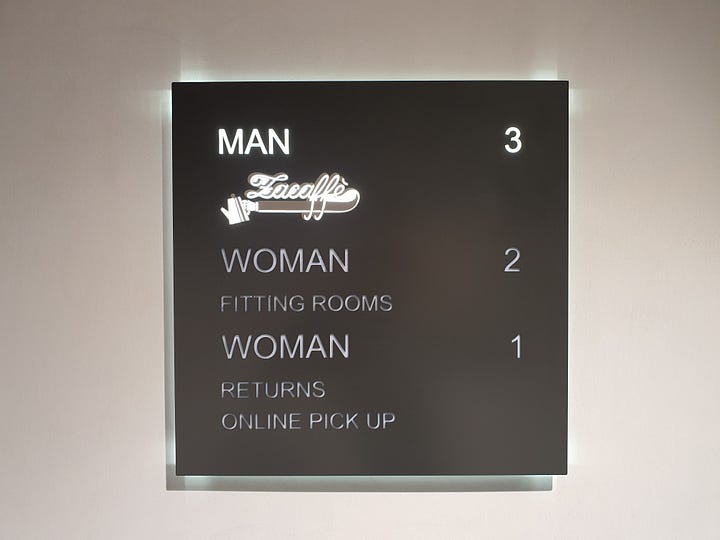
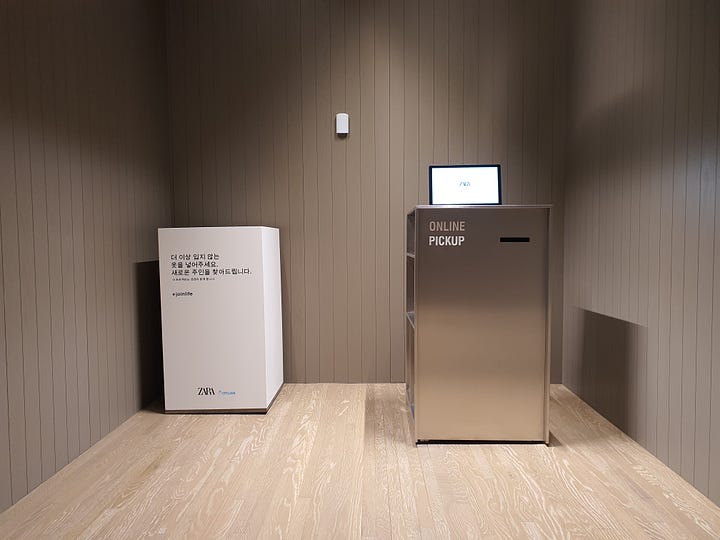
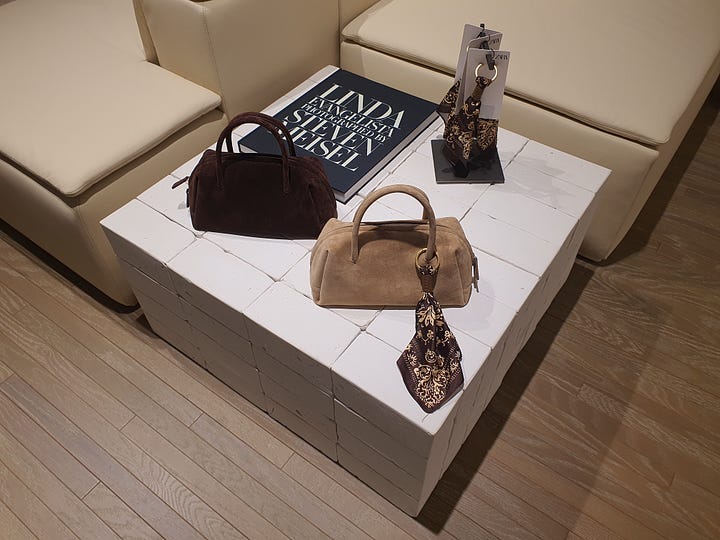
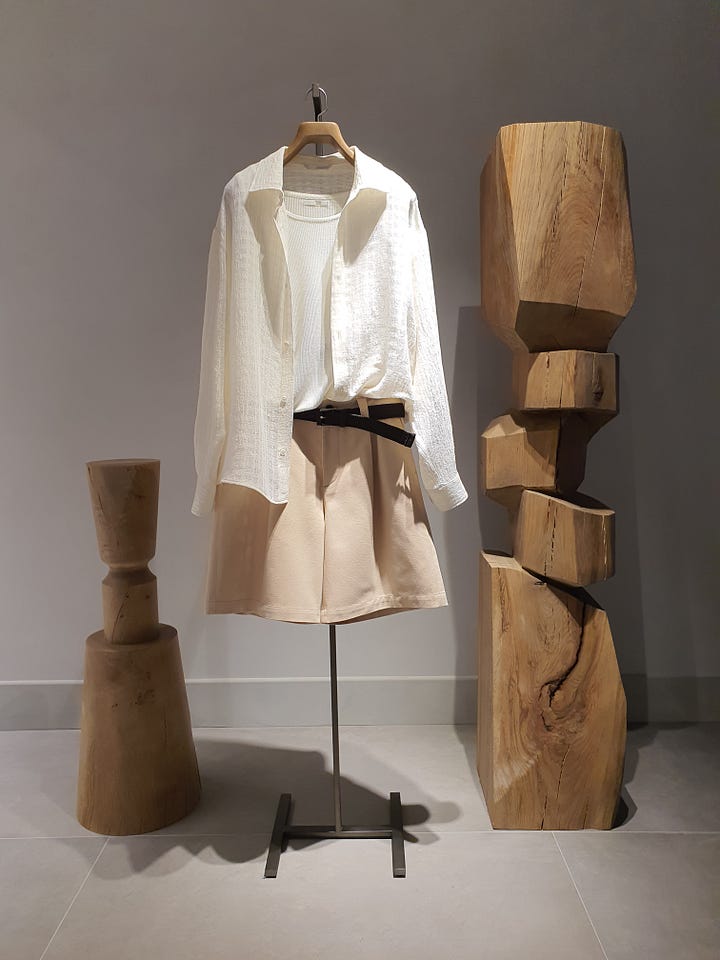
Zara’s Myeongdong flagship shows how a store can evolve from being a place of transaction to a place of experience, culture, and connection. The brand manages to balance global standards with local nuance, create deeper emotional engagement through sensory design, and build a physical destination that feels integrated into the customer’s lifestyle.
What other brands do you think are leading the way in redefining retail spaces?




